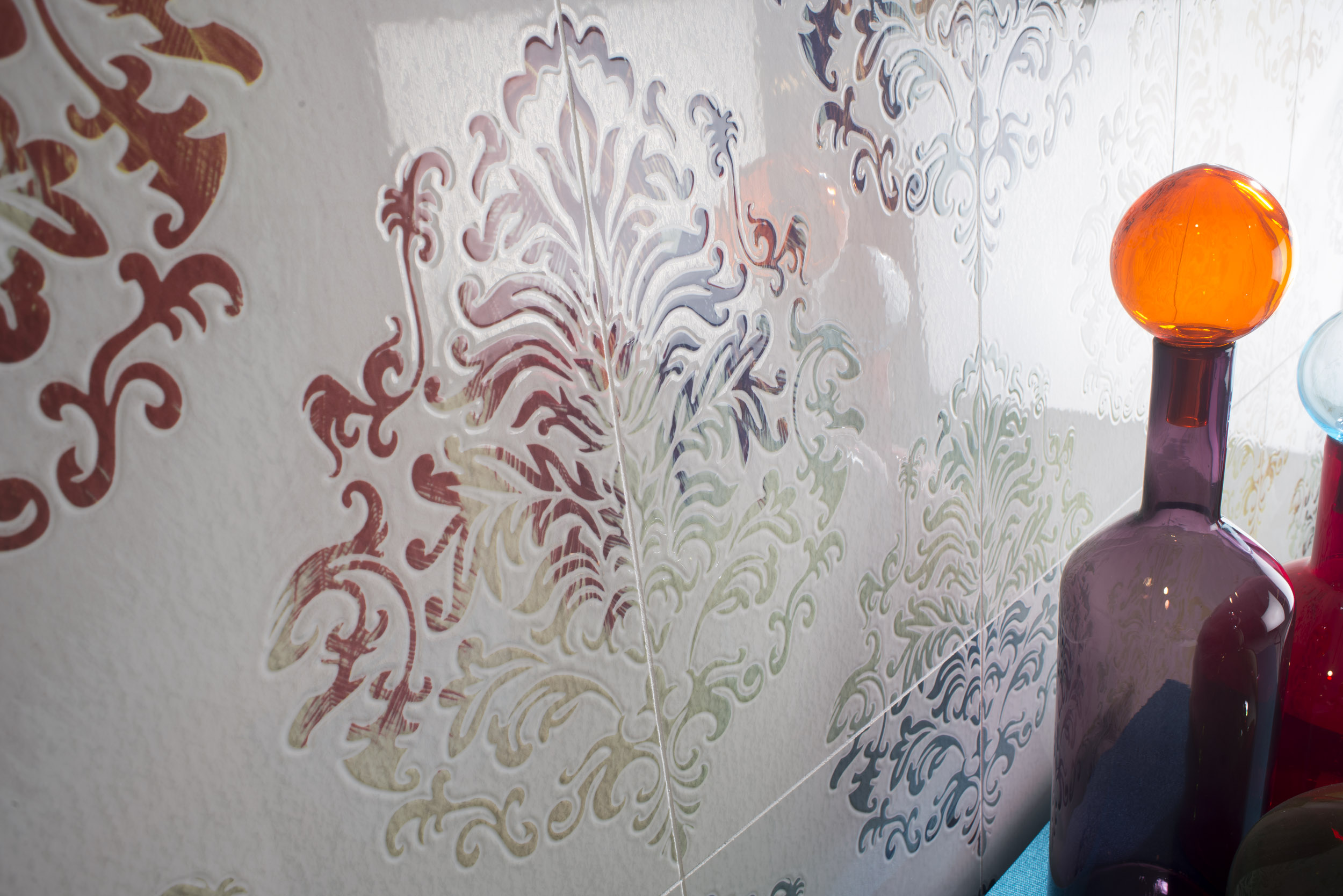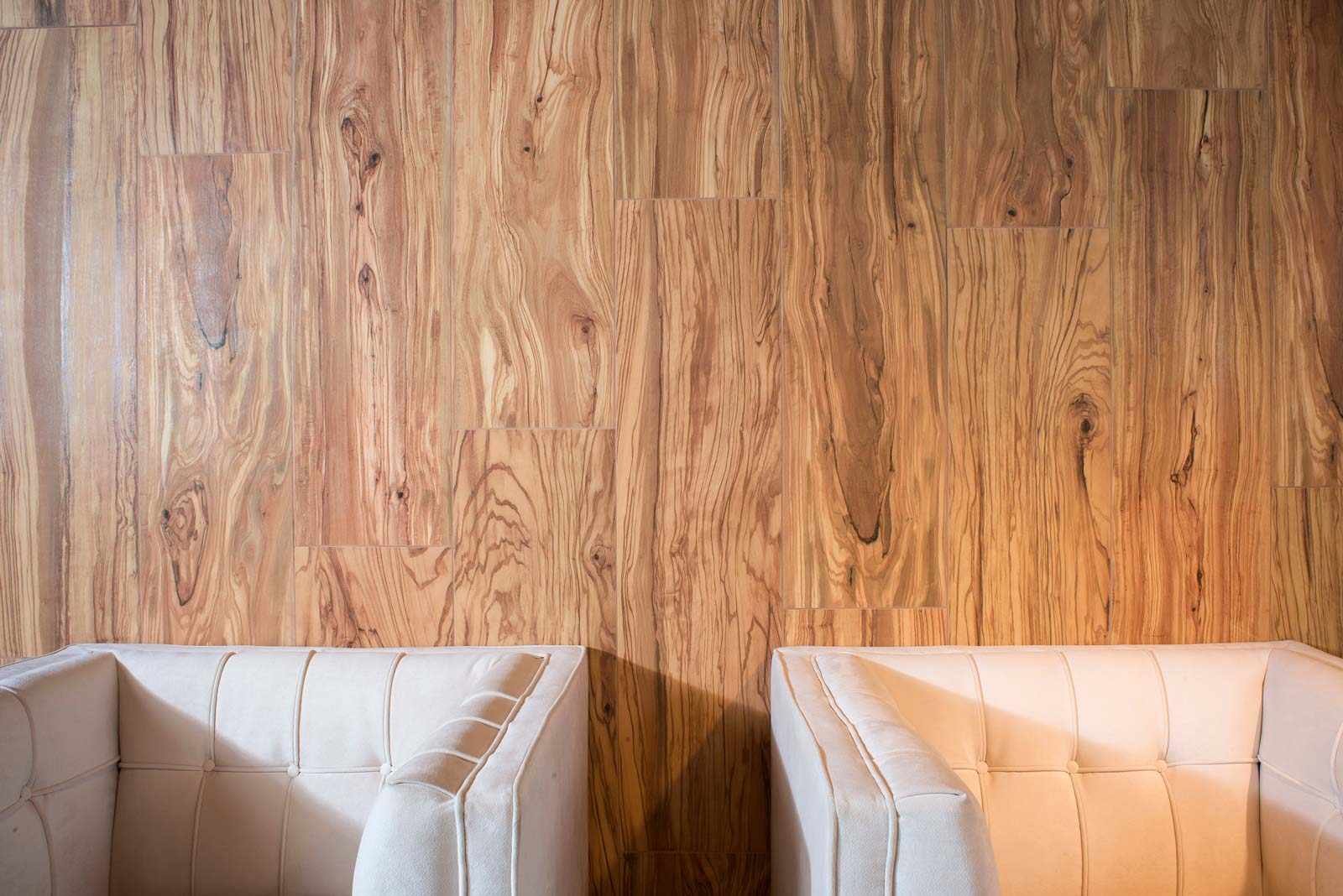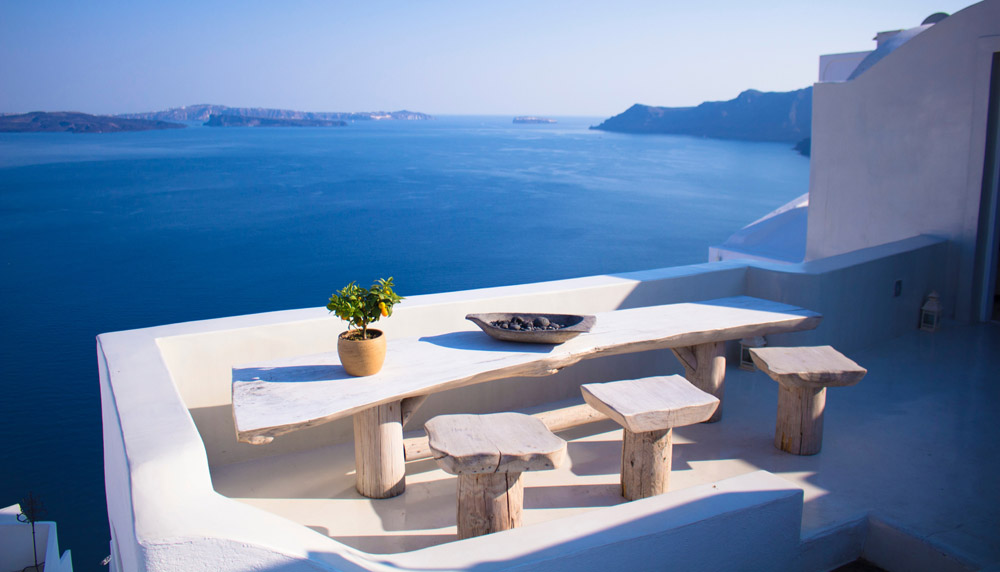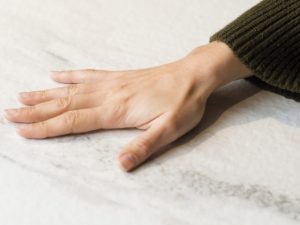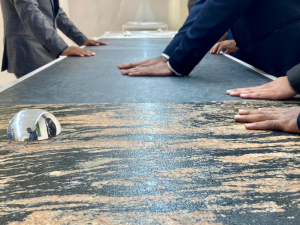…” We work with a wide variety of materials, not just brick and concrete. They are materials that represent a synthesis of memory, of the past”… Arch. Vittorio Gregotti, “architecture as I understand it no longer exists today” Fanpage, 2017.

We are witnessing a return of the “cotto” seen in many interior design interventions. It is an architectural element par excellence that has recovered its value and traditions over time. Moreover, the richness of colours often makes it a feature of union between different materials, favouring rich and refined compositions.
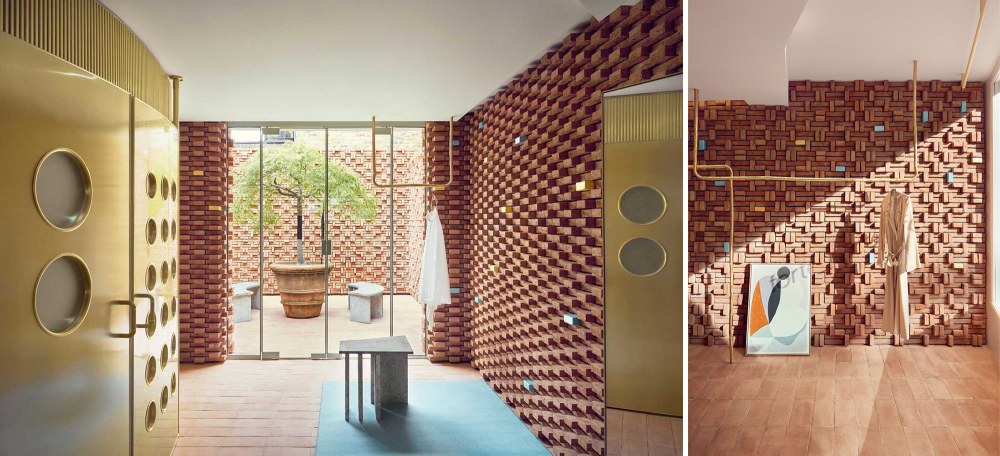
“The feeling is to enter a placethatkeepsmovinginstead of beingstatic, run by a sense of surprise and discovery: a fluid, ever-changing container” dicono Giada Forte e Robert Vattilana.
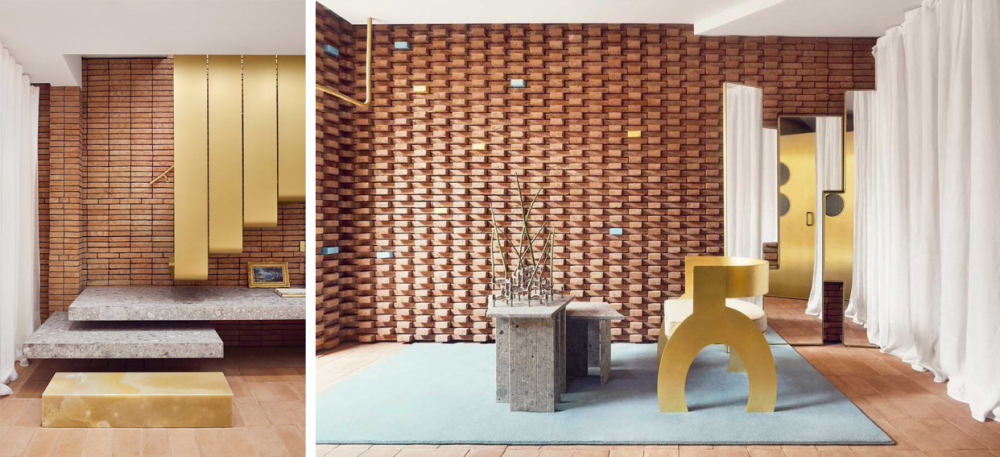
These are handmade bricks in Sicily, which also represent the architectural tradition of London, and are mounted on the wall in a three-dimensional composition sprinkled with colored glazes and gold leaf finishes.
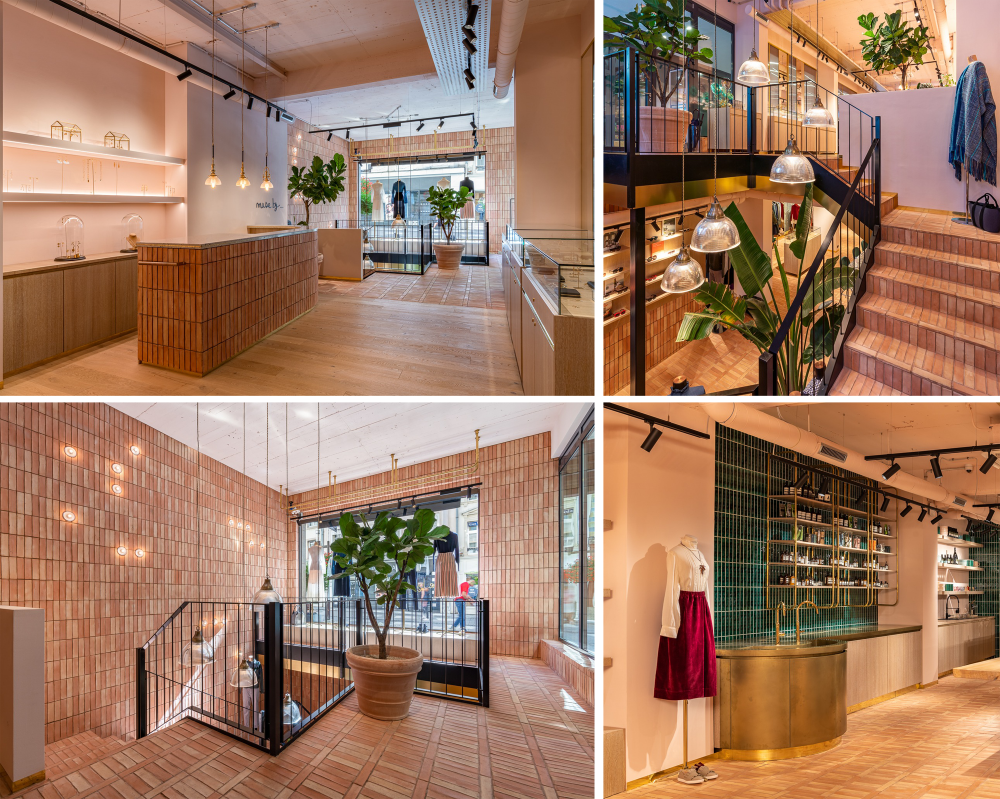
The handmade brick also dominates MichaelisBoyd’s project for the luxury clothing and accessories brand store “Muse By a Luxembourg” which was completed last year.
The material and colour tones, the opaque and dusty surfaces typical of terracotta are the architectural and decorative background of the project which uses a mixture of high quality materials. Handmade terracotta bricks, green glazed tiles, coloured terrazzo covers and brushed brass details create a fresh but striking ambience.

It is also interesting the approach of the KengoKuma&Associates study for the store “Camper in Paseo de Gracia in Barcelona” ,chooses to recover the traditional Catalan vault construction system and turn it into a central part of the project by making it a construction element and a decoration module. “This architectural element is very popular both in Japan and Spain, but it is made in very different ways: in Japan, the elements are glazed and polished, while in the Mediterranean they are left rough, leaving the nature of the material clearly visible”, says the studio.
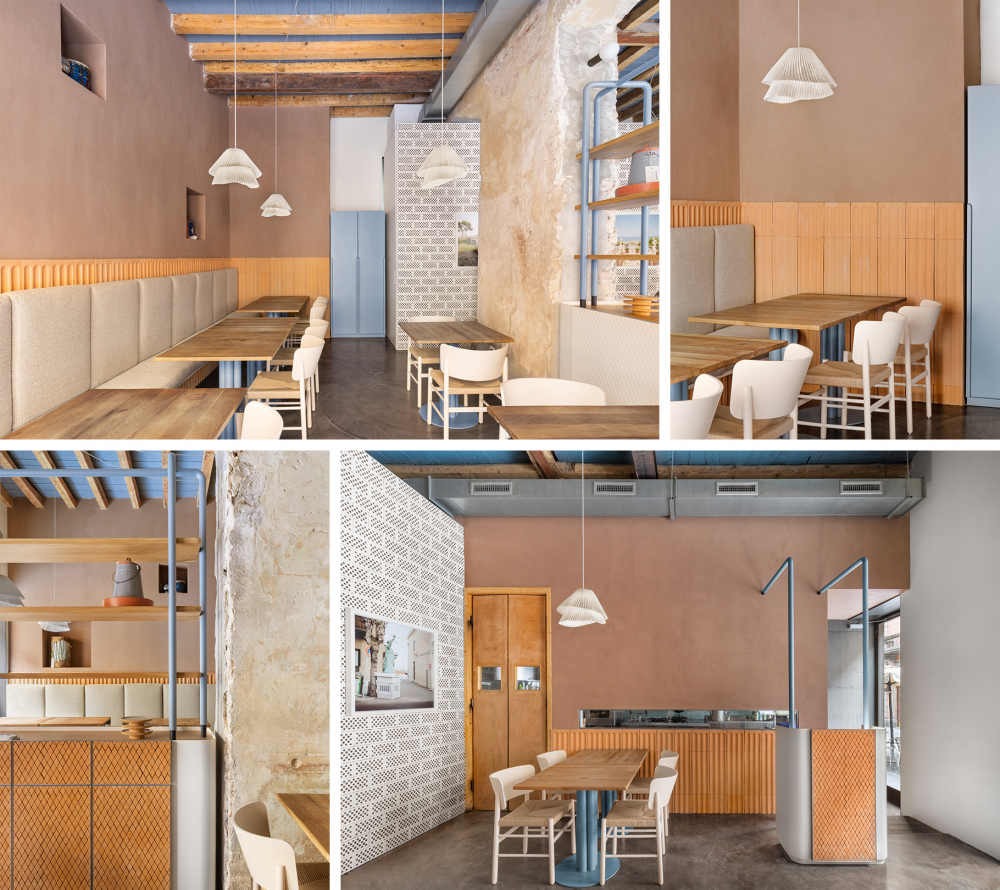
The renovation of the restaurant “28 Posti” in Milan by the architect Cristina Celestino has just been completed. A very well studied mixture of textures and materials with slight contrasts of natural colours. The boaseri in terracotta, takes special relevance in the design of the whole space.


